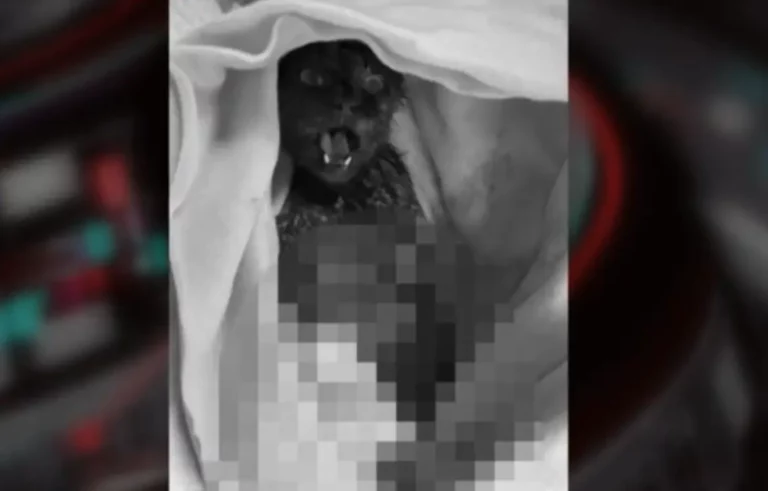animals
Company based in Hungary for sale for an insane price

Attention! Hungarian dog found in Sweden, do you recognise her?

Surprising turn: 9-year-old kid shot the popular Swiss wolf in Hungary

Large brown bear spotted in Hungary – VIDEO

Two arrested over shooting of wolf that wandered from Switzerland to Hungary — VIDEO

Dinosaur graveyard found under destroyed Hungarian village
A former Hungarian settlement, Iharkút, was destroyed in the interests of mining. This might sound tragic, but thanks to the...
Brutal bee invasion caused problems in Budapest, several people injured

PHOTOS: Most beloved Hungarian dog breeds

VIDEO: The cutest on the Hungarian internet right now: a beaver having a bath!

Mouse-sized hornets in Hungary? Watch out for these deadly beasts

Holidaymakers’ nightmares are back, but what can we do about it?

Dramatic video: a car collided with a herd of deer

Warmth brings a dangerous disease to Hungary: look out for these symptoms

VIDEO: Watch Mihály the bear roam in Hungary’s Bükk Mountains

Scandalous: Birds of prey are slaughtered without end in Hungary

Disturbing PHOTOS, VIDEO: Cat skinned alive in Zalaegerszeg, psychopath on the run

PHOTOS: Baby golden jackal was found in Hungary

VIDEO: Hungarian ranger risking his life against poachers in South Africa






